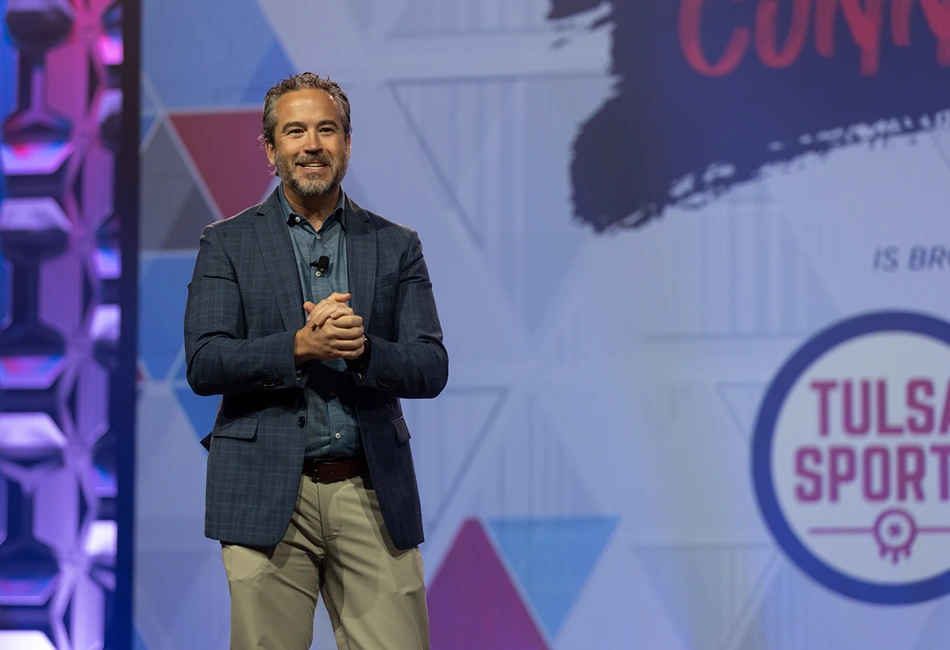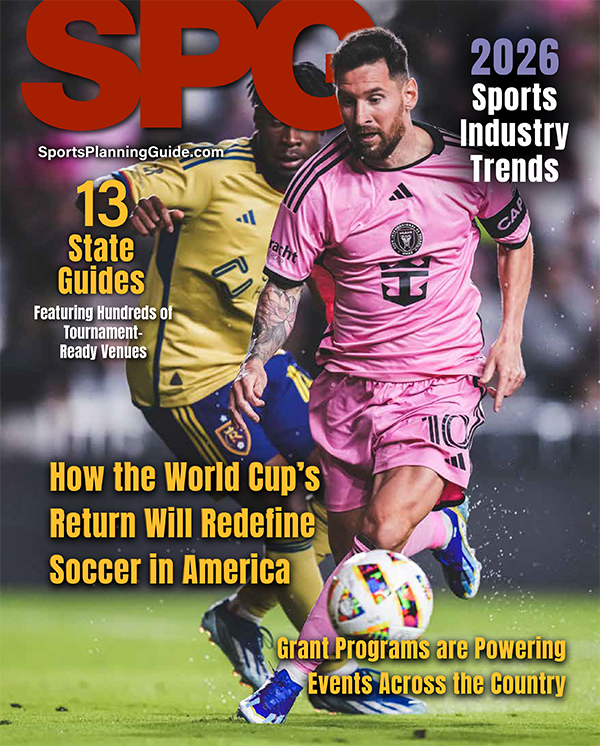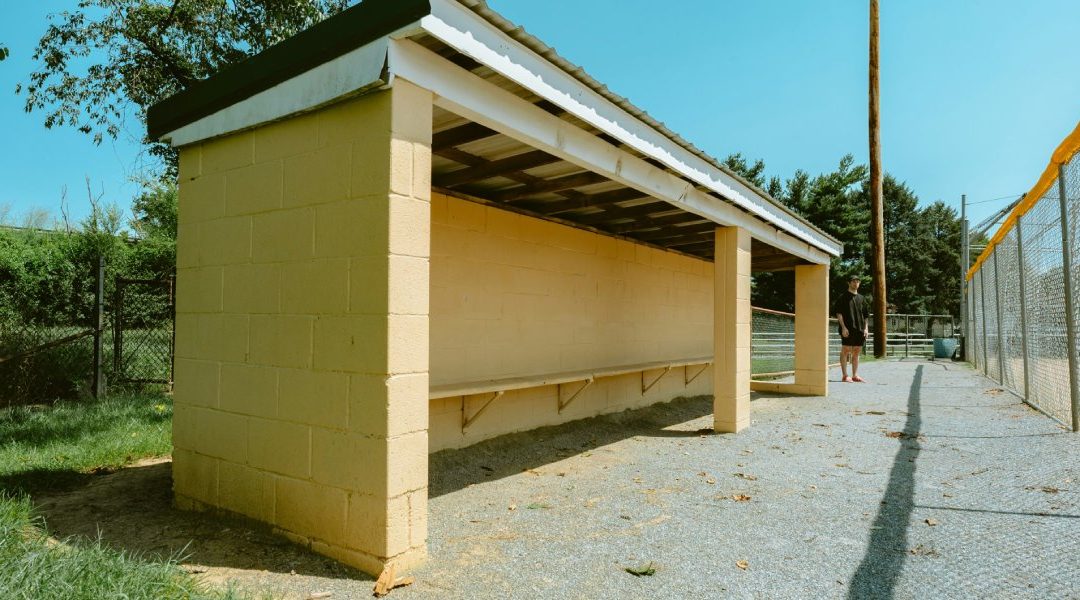Sports ETA President and CEO John David talks about the future of sports tourism and the industry’s evolving challenges
John David is the President and CEO of the Sports Events & Tourism Association. He served as a member of the Sports ETA Board of Directors for eleven years, representing the Rights Holder category. In 2022, John became the Secretary of the Board, making him the first Rights Holder elected to the Executive Committee.
Stay Ahead in Sports Planning—Subscribe Today! and Read More Sports Info for FREE
Sports Planning Guide (SPG): Sports tournaments generate a lot of economic benefits to local communities, but they also come with environmental costs. How can the industry balance the desire to bring in new tournaments with the consumer’s desirability for more sustainability?
John David:
It’s so topical for you to bring this question up because we recognize the exact needs. We’re about to unveil the largest amount of sustainability education that the industry has ever seen. We’ll be launching a course on our Sports Tourism Learning Institute (STLI) called Sustainability 101, and we’ll be including live education around sustainability. By summer of next year, we’re going to have an entire sustainability track where we can have certified-sustainable Sports ETA members.
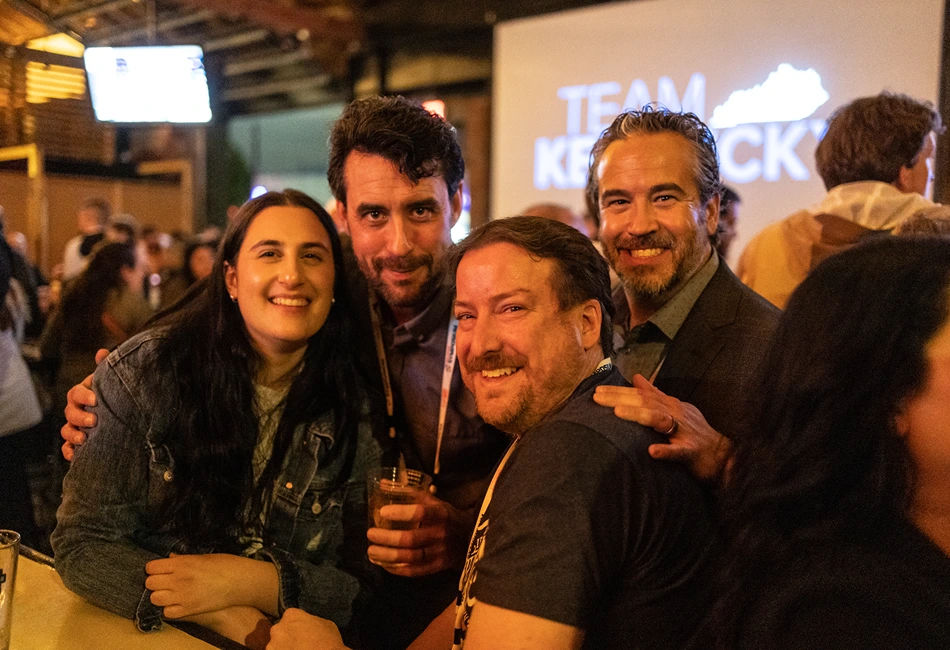
SPG: There’s been breakneck growth of facility development going on across the U.S. While much of this is painted as being positive, there’s a financial cost which is often the burden of local taxpayers. Resident sentiment isn’t always behind these complexes. Is there a balance that the industry should be striving towards in facility development?
JD:
Sports ETA is doing a tremendous amount of advocacy work in explaining the benefit of these types of facilities and showcasing case study after case study of the incredible economic impact. In a study commissioned by the National Parks and Recreation Association, they found a 73% cost recovery on its expenses, and it’s generating an estimated $12.5 million in revenue.
It really goes back to resident sentiment, and how are we explaining that benefit? I’m excited to share that we’ve got a couple of great case studies and we’ll soon be having a white paper on this as well.
SPG: We’ve already talked about STLI and the great strides you’ve made in taking over what I thought was a brilliant idea from Al Kidd in improving the educational offerings of the industry. If you had to project out a vision for what you see this becoming, what are you hoping to achieve?
JD:
Our goal is to be the go-to place for the entire sports tourism industry, where people go to find education and resources whether that’s through our free playbooks or through our STS certification courses like the sustainability ones that I mentioned earlier.
For us, it’s how do we find the problems. We’re listening to members by being out in the marketplace. The joke we make internally is that I was on an airplane 31 times last year, and that’s 31 opportunities that I had to listen to our membership to hear what they need.
Our plan with the Sports Tourism Learning Institute is to constantly evolve and build out that education portfolio while at the same time creating even more opportunity.
Mission number one is taking care of our current members and helping them in their professional journey—but how are we developing that future workforce?
One example is we’ve just recently added a student membership, where if you want to engage in sports tourism as a student, it’s a $25 membership. Our intent is to build that out to where, in the future, we’ve got collegiate-level course offerings that we can amplify.
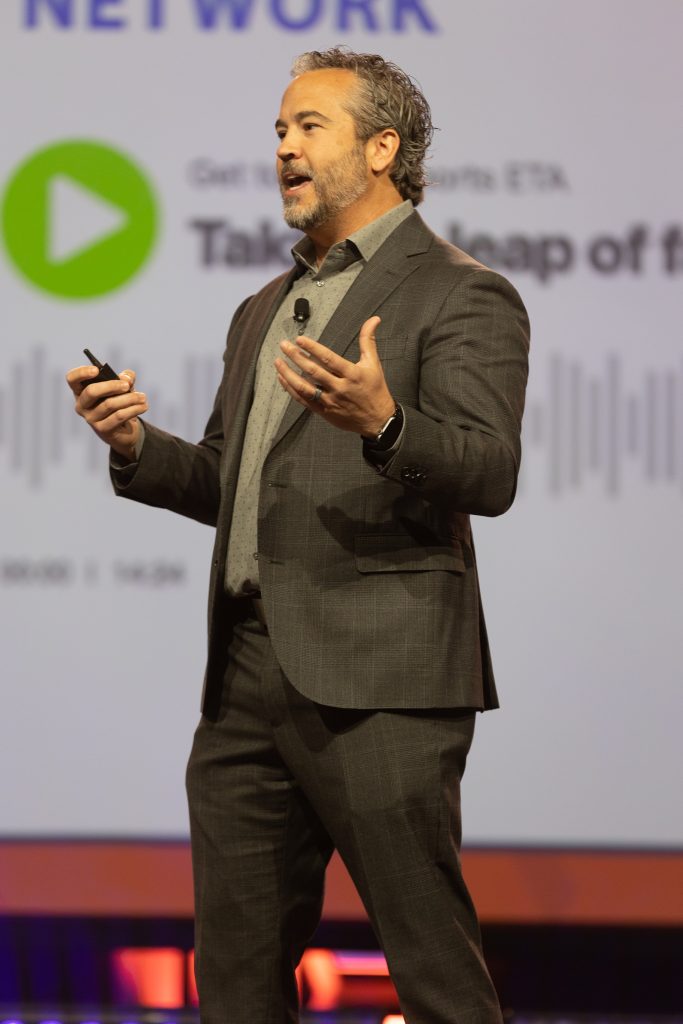
SPG: Sports ETA hosts a number of live events throughout the year, and in this industry there’s new events popping up continuously. We’ve seen a pushback in other markets from those that are funding these events because they see the same buyers time and time again at different events. How much is too much?
JD:
I think there’s going to be somewhat of a shakeout in the future on events. We can’t just keep adding new things. Events must contribute to the industry and offer unique value to participants.
When we look at the marketplace, the question that we always ask ourselves is are we covering all the bases of membership through our event portfolio? Between our Symposium, 4S Summit, Chief Executive Summit and Women’s Summit, we couldn’t be happier with the live event portfolio that we have. 4S Summit in El Paso increased by 22 percent and had a rating of 4.5 out of 5. Chief Executive Summit increased by 107 percent and had a rating of 4.5. Women’s Summit increased by 25 percent, had a rating of 4.5, and Symposium increased by 14 percent [with] a rating of 4.4.
We feel very strongly that we’re delivering the right content at the right time, but we will always evaluate what the market needs. [The] advantage is that that board of directors of 20 [is] constantly working with staff to make sure that we’re hitting the mark.
Level Up Your Event Planning Skills—Subscribe Now and Download the SPG Magazine for Expert Tips and News
SPG: With the industry clicking on all cylinders, where do you see the greatest opportunity for sport tourism professionals?
JD:
In my 25 years in sports tourism events, this is probably the most intriguing time I’ve ever seen. We’ve had great consistency growth on one leg, which is our youth and amateur and those traditional sports where it’s families and athletes traveling together.
On the other leg, where it’s just going for fan experience, that has exploded at levels that we haven’t seen before—where people are choosing to vacation as a part of sports fan experience. I think that’s very intriguing.
In the next 10–15 years, we’re going to see the most international events that have ever been hosted in the U.S. The trickle down of those major events is going to be huge.
The other thing that we’re seeing from a trend perspective is that major destinations that had previously only focused on mega events are coming in and saying we need a piece of youth and amateur sports. Some major market destinations have come in and said, “hold on, we need to be a part of this.”
At the same time, we’re also seeing a surge in average daily hotel (ADR) rates. That’s creating this massive opportunity for our small and mid-markets as our rights holders are being priced out of major markets. Some small and mid-markets have opportunities they’ve never had before because rights holders are fishing deeper.
The final trend I’ll tell you is I think what we’re going to see is some great opportunities for sports tourism professionals in the next 10 years. There is going to be an onslaught of high-level jobs that are going to open. There’s going to be a lot of great opportunities for professional growth.
SPG: As a parent whose kids are involved in travel sports, I have seen a disparity between those who can play and those who can afford to play. If there’s a rub on sports tourism, it’s that it caters to individuals and families who can afford to travel and pay the participation fees.
Many of the kids who would benefit most feel that travel sports are out of reach for them. Is there anything that we can do in this industry to create more of a level playing field and provide access and affordability in sports?
JD:
Without question, it’s got to be something that’s top-of-mind for all of us in this industry. We have to get creative in asking what our event organizers can do, what our hosts can do to create special opportunities for athletes of all economic abilities.
You can expect to see some educational content coming out from the association that starts to produce solutions.
In our future events, you’ll see conversations pointed directly at that so we can address it, tackle it and start solving it, because we need all athletes to be able to have access, regardless of economic circumstances.
Another thing that I’ll tell you is we’re going to have a massive initiative within the parks and recreation space. We know that over 80 percent of our membership has told us that they lean on parks and recreation facilities to host events. But we often know too that parks and recreation doesn’t necessarily “speak” sports tourism. We’re working to be that conduit between those two entities.
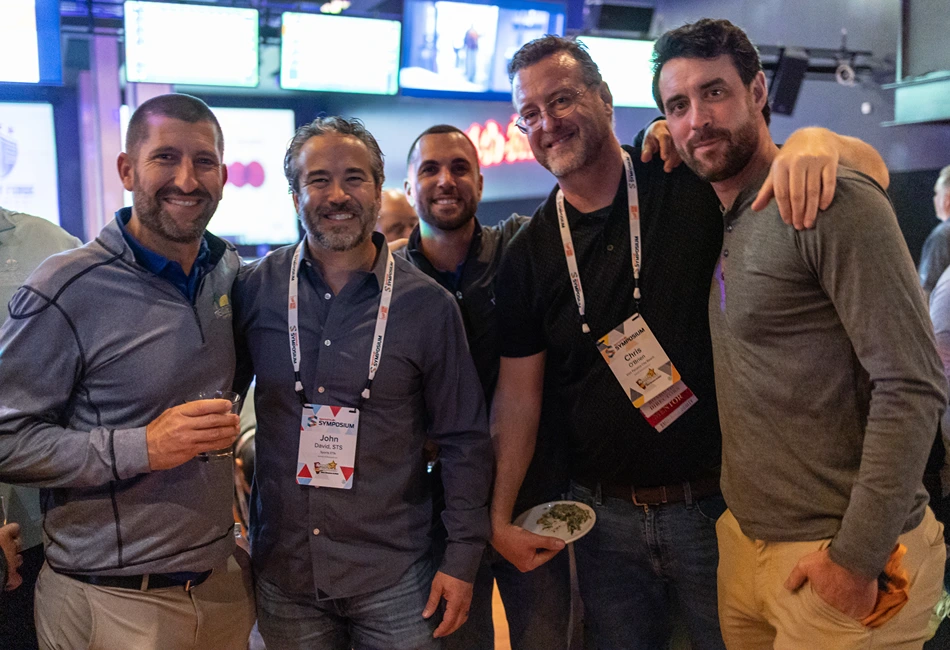
SPG: As competition heats up, more destinations are helping fund events through bid fees. How is this changing the landscape of where events are held, and does it eventually become whoever the highest bidder is wins?
JD:
The 2023 Sports ETA State of the Industry report indicated that the bid fee pool had increased to almost $200,000 per destination. That tells you a lot.
We also asked the rights holders how they make decisions on locations. The number one response was incentives and host fees, and number two was discounted venue cost. Being a rights holder for 25 years, I understand that.
At the same time, we have to be respectful for our rights holders because I can tell you that their expenses have gone up to an extreme level.
From the association’s perspective, we have to look at both sides of the business and make sure we understand what each unique problem is and how we can support it.
As a rights holder, when you go in and you work with a destination and you create that magic; sure, maybe they’re coming in and financially supporting that event to get it there, but when you’re doing it with a sustainable focus for long-term growth and long-term relationships, you will always be better by and large.
We have to talk about hotel room rebates the same way. I will talk to our rights holders and say, “Hey guys, there’s a tipping point. At that point, it becomes counterproductive for us. Let’s be reasonable and look at this honestly and know what our families can and can’t afford.”
To that end, you will see the rights holders policing each other. When somebody makes a comment saying, “Hey, we’re doing this and it’s amazing,” other rights holders will say, “But hold on, are you thinking about this? Maybe you’re pushing the limits a little too far sp let’s come up with a reasonable agreement.”
Keep Your Finger on the Pulse of Sports Planning—Subscribe and Never Miss an Update
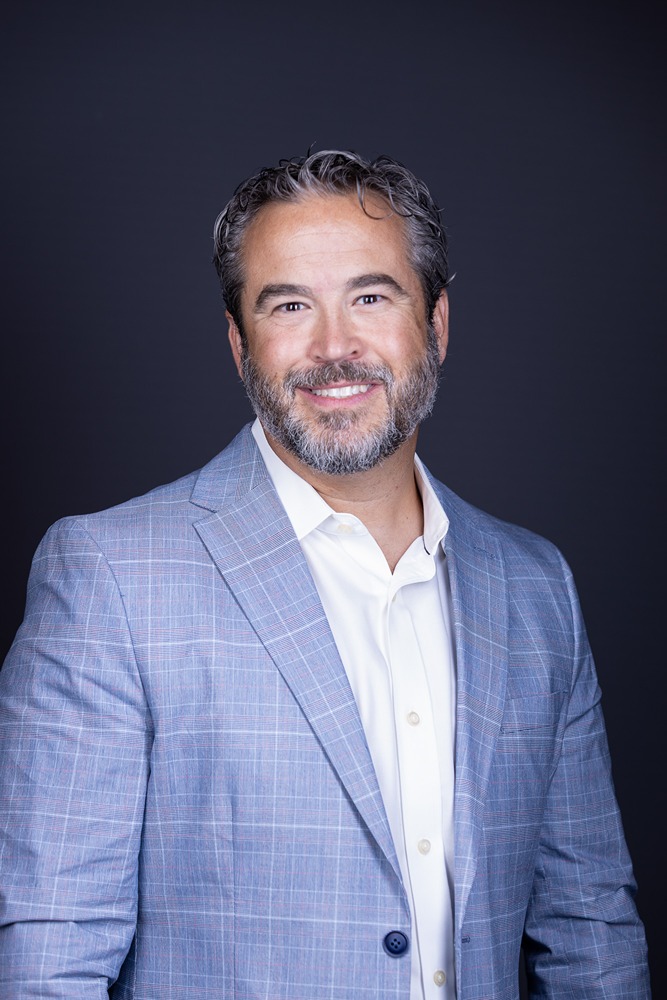
SPG: Will we have destinations reach that point where they’ll realize that the juice isn’t worth the squeeze in regard to bid fees?
JD:
To that point, we have some of the best data tracking we’ve ever had in terms of tax generation and economic impact. When destinations are looking at their budget, they’re looking at what the revenue generation is and then they’re budgeting against that.
What has happened with sports tourism is once we’ve broken down the numbers through the Sports ETA and Destination International economic impact calculator, the revenue was a lot higher than we thought.
Knowing the issue that we talked about earlier is keeping participation affordable, we can utilize that tool to help understand financial impact and potentially offset some of the costs.
SPG: Anything keeping you up at night?
JD:
The thing that keeps me up at night is [whether] we are bringing the resources that our membership needs and are we bringing them fast enough.
I live this with our members. Our whole team talks to our members every single day and we want to give them everything they need to be to be successful. When we hear a problem, we jump in to try to find out how somebody else solved it.
So, honestly, just making sure that we are who we say we are and that we’re bringing things to the table fast enough for the way that the industry is growing.
When I look at all the trend lines, I’m extremely optimistic about where we are. We had such a stellar year where we increased membership by 9.3 percent. But let me tell you what’s even better: We increased [the number of] new members by 48 percent with 100 new members in the last fiscal year.
That membership growth has just been phenomenal and it’s across all membership categories. We set a very aggressive goal for fiscal year 2025, and by all indications, we’re well on track to reach those goal numbers.
We’re just very excited about that. Our staff’s done a great job.
Join the Community of Sports Planners! Get Your Free Subscription and Download the Sports Planning Guide Magazine for FREE

